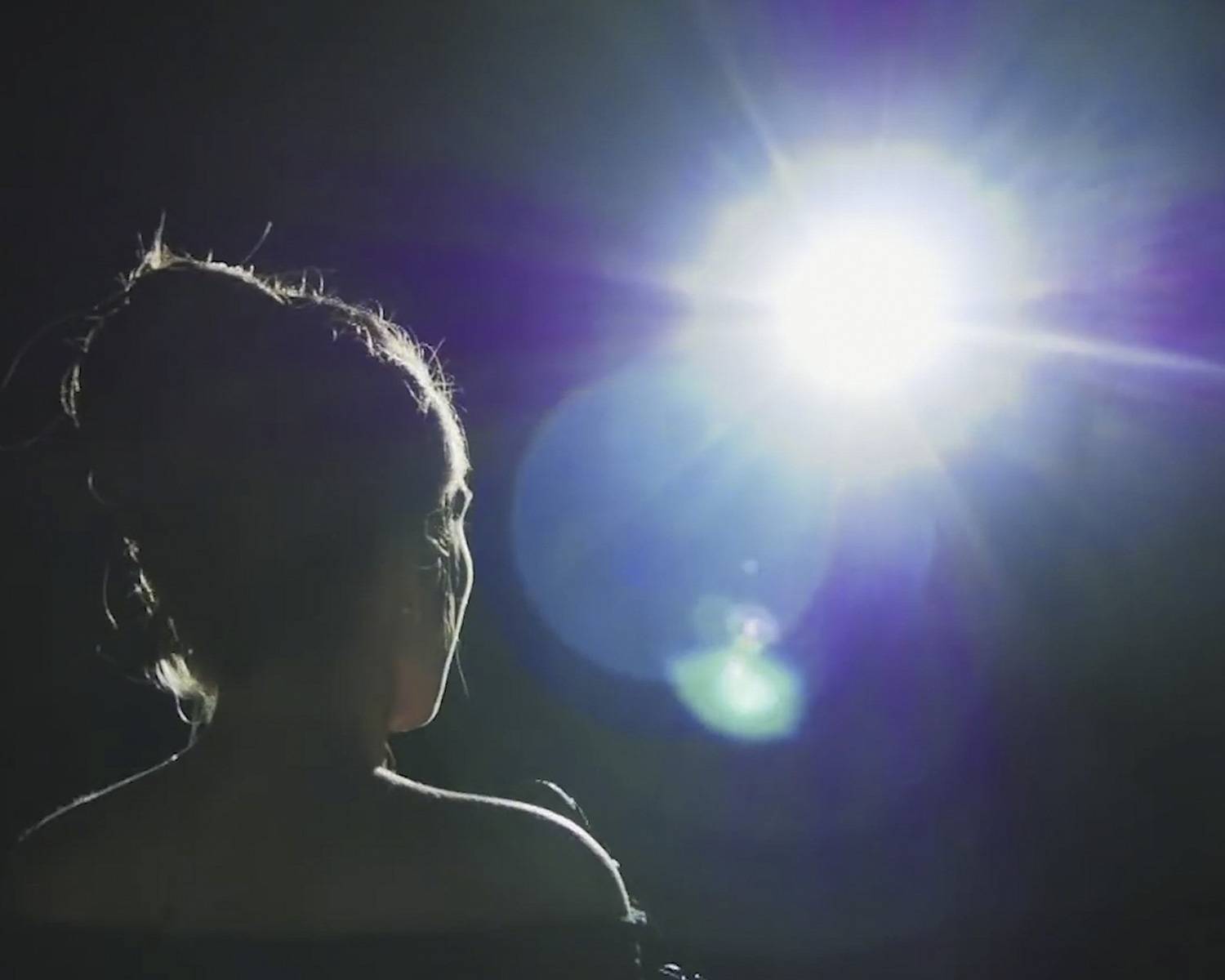
Technical information about stage lighting abounds but that’s not what the audience sees or feels. Hours of discussion, planning, building, and creating go into lighting each scene. Timing, mood, focus, visibility, music, and stage composition must all be taken into consideration. For the most part, the audience only viscerally experiences the true impact of all that work but without well-thought-through lighting design, your production could send an unexpected message.
A Pioneer in Lighting Design
Born in 1862 Adolphe Appia fell in love with the theatre, especially the operas of Wagner and how they were staged. In a time when complex sets and over-the-top costumes were the main focus, lighting was strictly utilitarian. Appia went in a different direction. He focused on staging, music, and lighting and how the performer related to the space around them. Appia believed that lighting should be employed to unite and balance all the visual elements present on stage. Lights are more than a way for the audience to see a show, they create a means to feel the show as well.
Set the Mood
Your audience is ready to be blown away with a show-stopping experience full of energy and joy and amazing voices and brilliant choreography. The performers are wearing bright yellow and lime-green outfits and the dancing is incredible, but due to poor lighting choices, the mood is somehow somber. The colors of the costumes are dulled, and a few of the dancers are in shadow. It’s emotionally confusing to watch.
If the same number was lit with multiple strands of intersecting warm-colored lights with a touch of green, to suggest the vibrance and energy of summer and new beginnings, the experience would be completely different. The stage is bright and entertaining and the mood is well-defined. Good lighting choices create an overall emotional reality that further enhances the music as well as the performance. The lighting is clearly connected to what the performers are doing.
The Importance of Color
What comes to mind when you think of the color yellow? What emotions do you connect with specific colors? Colors have fascinating psychological effects that play to the subconscious and fill in emotional information in any given scene. They also make the audience feel at peace or increase their hear-rate. A dark stage with a single spotlight can be just as powerful as a stage full of dramatic color.
Colors are broken up into warm and cool tones. Even a single color can shift on its spectrum from a cool to a warm version. For example, a purple-red will come across cooler than a warm orange-red. Warm colors have longer wavelengths and advance towards the viewer whereas cool tones, with shorter wavelengths, visually recede.
Cool colors, such as blue, purple, magenta, and green, evoke feelings ranging from calm, melancholy, and relaxed to growth, creativity, and royalty. This range of colors can suggest a more somber, serious mood. A hospital scene bathed in cool colors may suggest sickness or bad news, whereas the same room lit with warmer colors would feel hopeful and healing.
Colors falling within the warm spectrum: red, orange, yellow, lime green, elicit perceptions of passion, anger, energy, excitement, happiness, optimism, and youthfulness. Lighting different areas of the stage in contrasting colors can also push the sense of foreground and background.
Costumes and Makeup Considerations
More often than not light colors are combined to hit the nuances of a scene’s mood. Another important consideration is the way lighting and costumes interact either in harmony or dissonance. It is important to adjust the lighting during dress rehearsals to confirm the experience you are expecting is what your audience sees. Costumes lighter in tone and color will reflect the lights more dramatically. Darker clothing absorbs light and can shift the overall timbre of the aesthetic. Additionally, as the lighting shifts across the stage and throughout a number it will affect the color of the costumes.
Makeup mirrors often include multiple light settings based on time of day or if you’re inside or outside. In the backstage mirror, a foundation color may look perfect but under the blue and purple lights on stage, eye bags appear and skin looks dull and lifeless. Red and orange makeup absorbs blue light and will present as significantly darker than expected. Cooler lighting requires a light-reflective foundation and more obvious highlights. With yellow and white light makeup colors are remain truer. Yellow ads warmth to makeup and is flattering to most skin tones. Orange lighting, while still warming, can become overpowering on red makeup like lipstick and blush so it’s important to tone reds down to keep them from becoming too intense.
An award-winning show choir performance consists of multiple layers of design considerations on top of stellar choreography, costumes, theme, music, and vocals. All these aspects can uplift or lessen each other in a myriad of ways. It’s is vital to begin making lighting decisions early in the process and testing them throughout rehearsals to create the optimal performance experience for the audience and judges alike.











